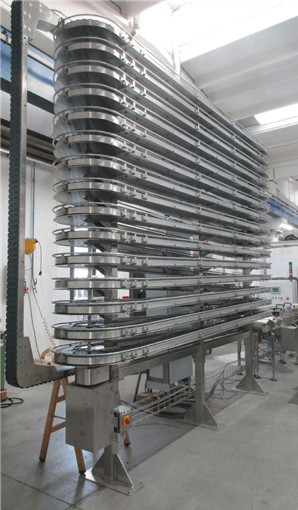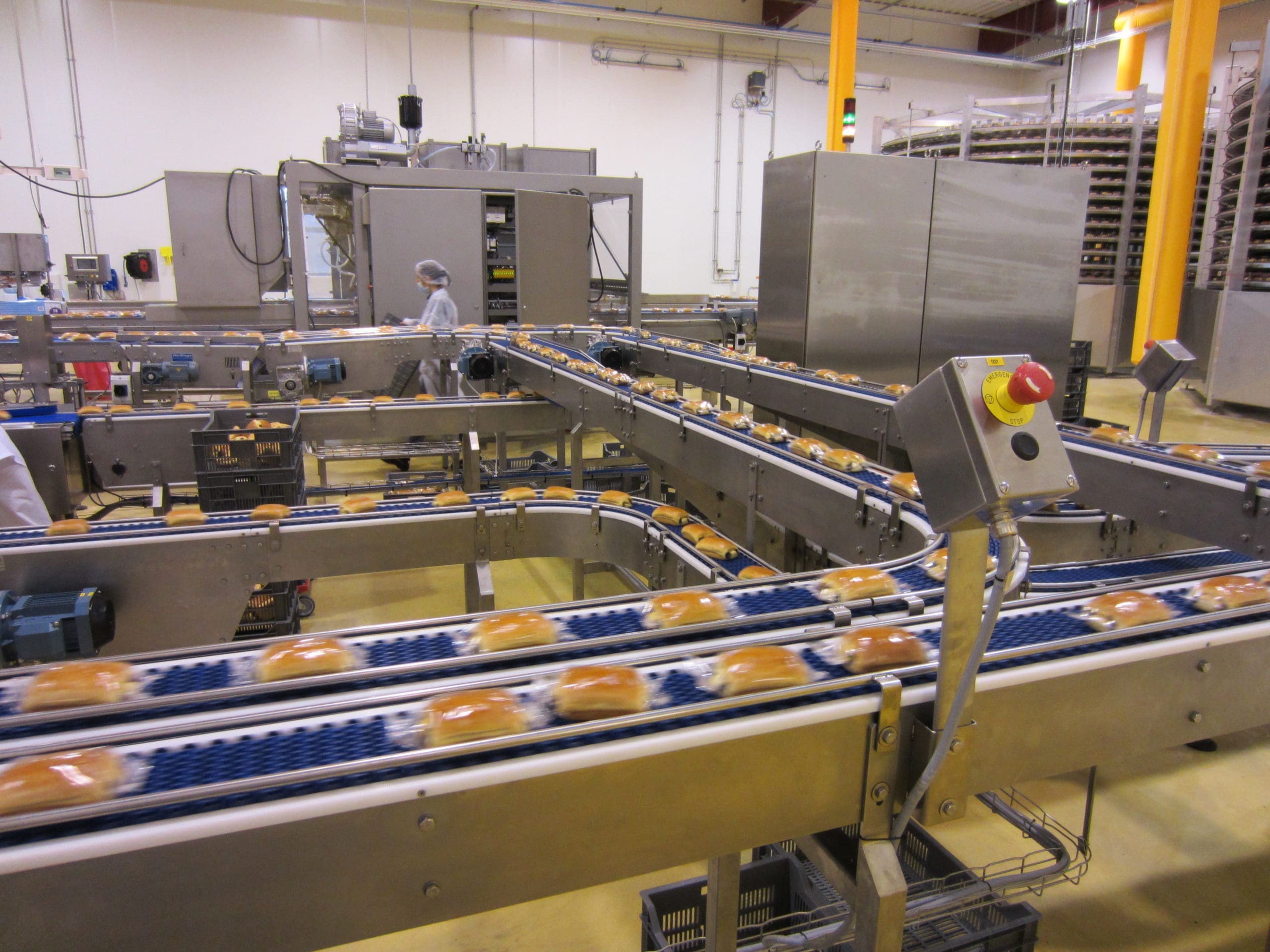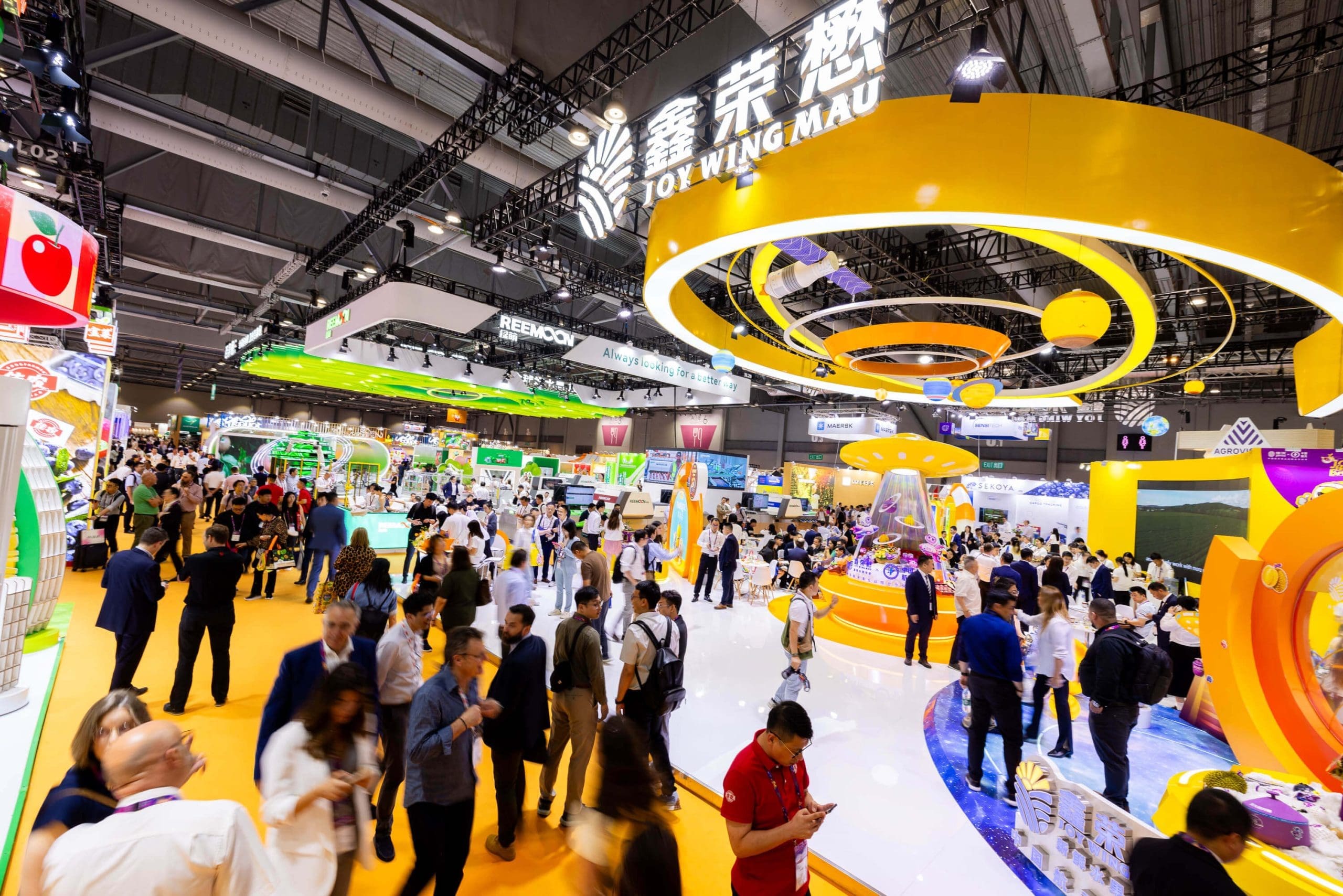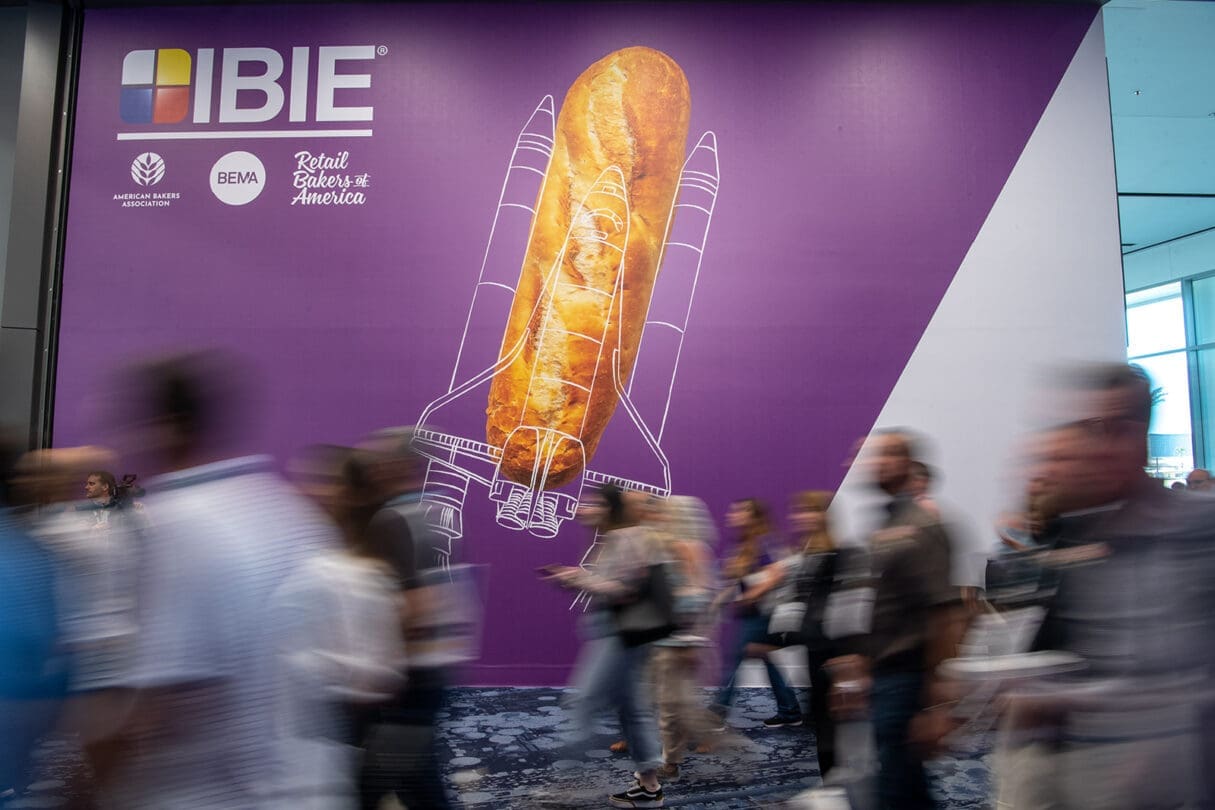
The Ready Meals market has been extremely interesting for many years now, a sign of social changes and in people’s consumption habits we are seeing different trends: small portions for singles or for those who consume quick meals in the workplace, frozen or freeze-dried family formats for families in which both members of the couple work full time and have less time available or even vegetarian or vegan dishes.
The list is actually very long, but these two are the most relevant to us because they require a more significant technological adaptation, both in the production phase and subsequently throughout the supply chain.
We refer to the search for more elaborate and higher quality recipes, possibly fresh and to the ecological drive that leads to radically rethink the packaging, forcibly disposable, of products that are candidates to be consumed even on a daily basis.
Considering this, we want to concentrate on gastronomy, including in it the different recipes of fresh pasta, savoury pies and prepared meats which can be combined with different varieties of side dish.
The first element to be analyzed is obviously the type of packaging and things are already complicated because the need to put a fresh and not frozen product on the shelf, which should therefore be packaged in a modified atmosphere, is in contrast with the fact that the packaging materials suitable for this type of packaging cannot be biodegradable or compostable (at least at present), while some compromises can be obtained with vacuum packing.
Whether you choose compostable materials or stay on the plastic, as long as it is recyclable, with the push for the maximum reduction in the amount of material used, the result from the point of view of the manufacturer of processing or packaging machines is the same: you will find yourself at having to treat more delicate, fragile or at least very deformable products which therefore introduce some complications.
The first sore point concerns the performance of existing machines: lighter and thinner materials or materials with different characteristics may require a lowering of the line accumulation is extremely reduced or even gone for good.
Along with the problems, as always, opportunities also arise and in this case, it is possible to proceed to divide the required production on a greater number of slower machines starting from the tray denesters which at this point will work on a greater number of columns. The linear speed of the conveyor belts will also drop to the advantage of less stressed mechanics and ultimately more efficient lines.
While increasing the number of rows is not a significant problem for process lines and ovens as they already provide for this mode of operation, things could be a bit more complicated for sealers and secondary speed, to keep the machine flexibility. The worst situation is of course that the equipment has to be replaced completely.

The second problem, which has greater impact for M.H. Material Handling as conveyors manufacturer, the possibility of product packaging machines.
By reducing the possibility of accumulation, the management of the micro-stops for joints or for feeding the packaging warehouse (reels or cardboard) becomes critical.
The duration of the stops could also increase, since lighter packages may correspond to a longer cleaning or washing cycle. Here too the solution exists and can help balance the differences between the production flows of the different machines present in the line.
Inserting a buffering system, strictly WITHOUT PRESSURE, is the right answer. The choice of LIFO or FIFO operating mode depends solely on the product, its shelf life and the possibility of remaining on line for several minutes without deteriorating or suffering from a degradation of quality.
We can give the example of an application created recently in the gastronomy sector of a GDO customer. Our BAT-Buffer, here in the version with stainless steel structure, was placed at the exit of the oven and before the tray sealer.
The oven is obviously a machine that does not allow stops, otherwise the product will be destroyed and even the risk of fire, the buffering system allows line operators to have about five minutes to resolve the microstops or, in the event of catastrophic breakages to organize the stop of the line and the manual emptying of the oven.
A final mention on cooling systems which can be the Heliflex or refrigeration: from a mechanical point of view, these devices do not suffer particular impacts when used with new packages, but the heat exchange and therefore the cycle time could undergo changes, it is a good idea to carry out a check in this regard.





